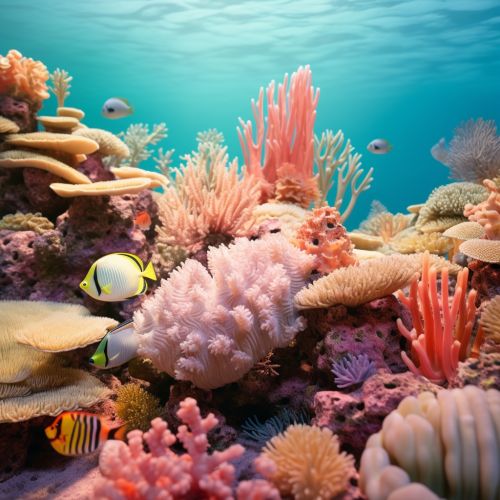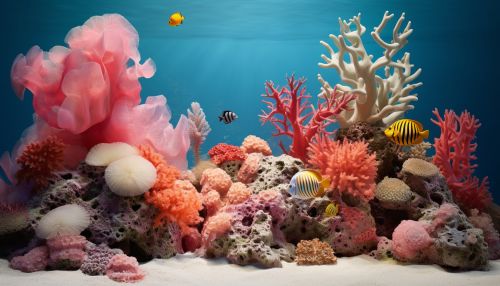Marine natural products
Introduction
Marine natural products (MNPs) are chemical compounds produced by marine organisms. These include bacteria, fungi, algae, sponges, corals, invertebrates, and plants. MNPs have been recognized for their complex structures and unique biological activities, making them important sources for new drugs and other commercial products.


Chemical Diversity of Marine Natural Products
The chemical diversity of MNPs is vast, with thousands of different compounds identified. These range from simple molecules to complex structures with multiple chiral centers. The chemical diversity is largely due to the diverse metabolic pathways present in marine organisms, which are often unique to the marine environment.
Biological Activities of Marine Natural Products
Marine natural products have been found to possess a wide range of biological activities. These include antibacterial, antifungal, antiviral, antiparasitic, antitumor, anti-inflammatory, immunosuppressive, neuroprotective, and many other activities. Some of these compounds have been developed into commercial drugs, while others are still in the research and development stage.
Drug Discovery from Marine Natural Products
The unique chemical structures and biological activities of MNPs have made them attractive targets for drug discovery. Several drugs derived from MNPs have been approved for use in humans, including the anticancer drugs eribulin and trabectedin, and the pain medication ziconotide. Many other MNPs are currently in clinical trials or preclinical development.
Challenges and Future Directions in Marine Natural Product Research
Despite the promise of MNPs as sources of new drugs, there are several challenges in their research and development. These include the difficulty of collecting marine organisms, the small quantities of natural products they produce, and the complexity of their chemical structures. However, advances in technologies such as marine biotechnology, genomics, and chemoinformatics are helping to overcome these challenges and open up new opportunities in MNP research.
